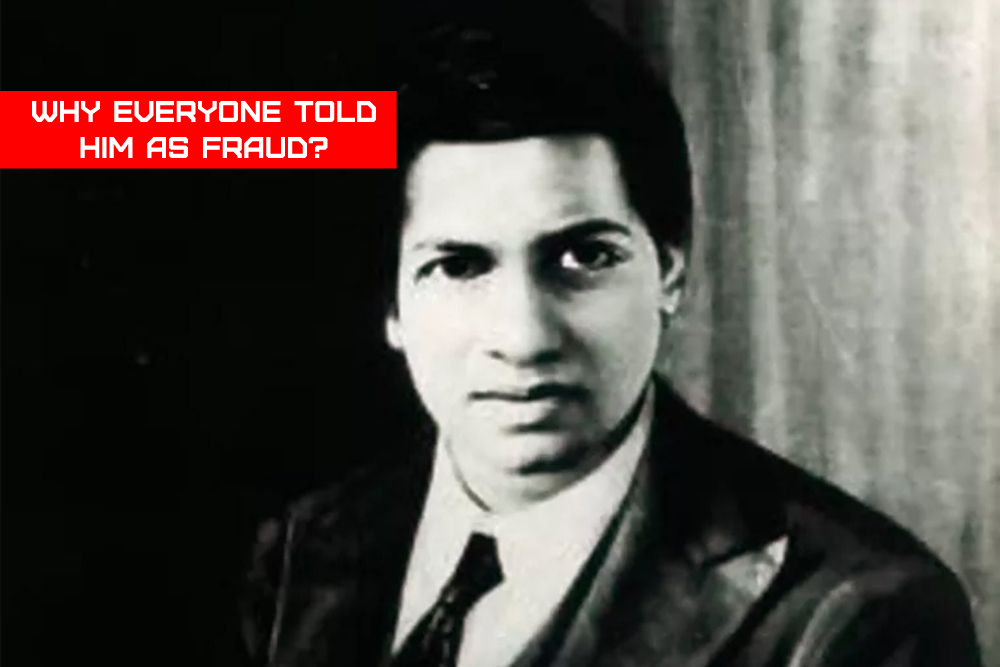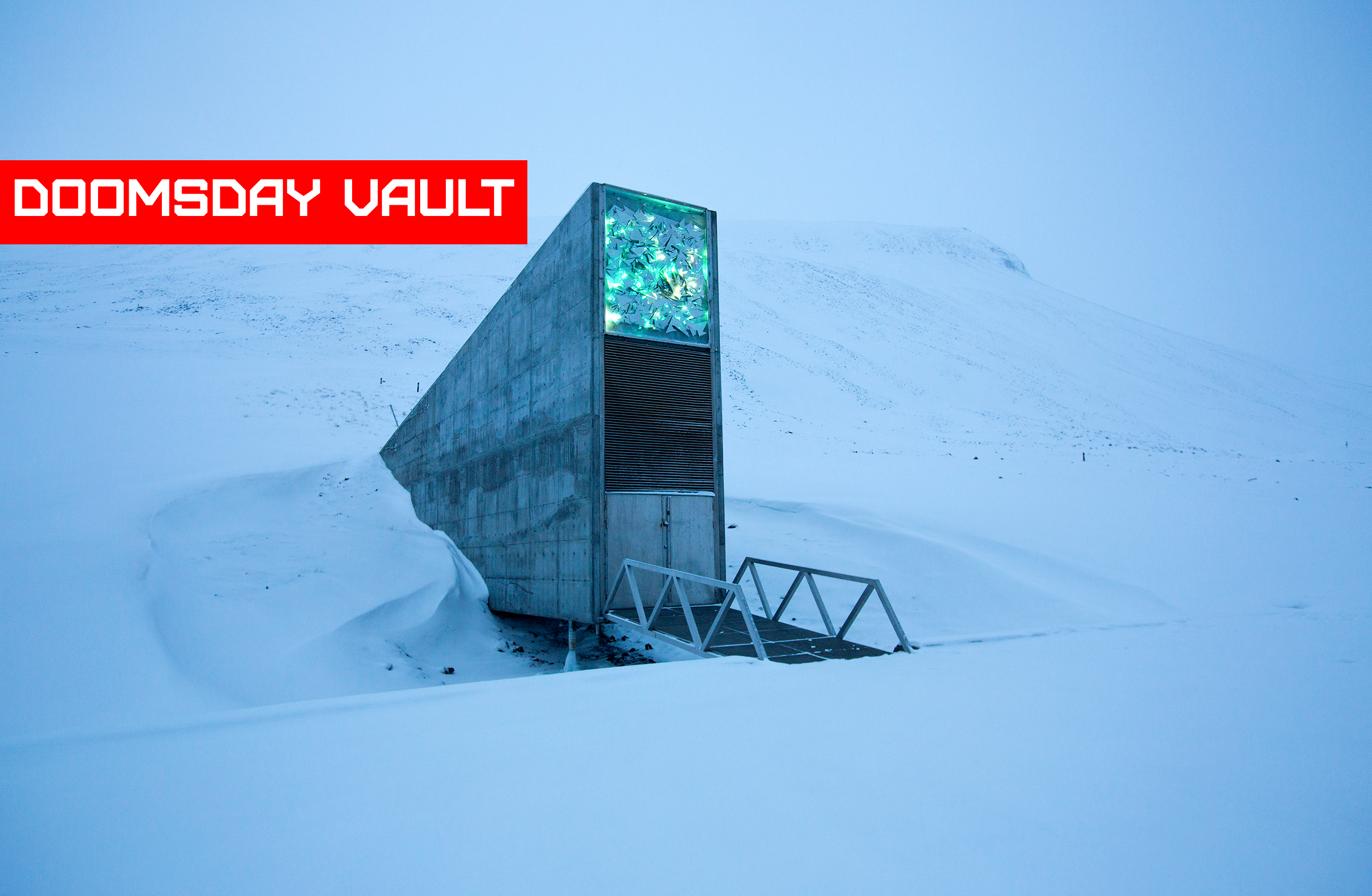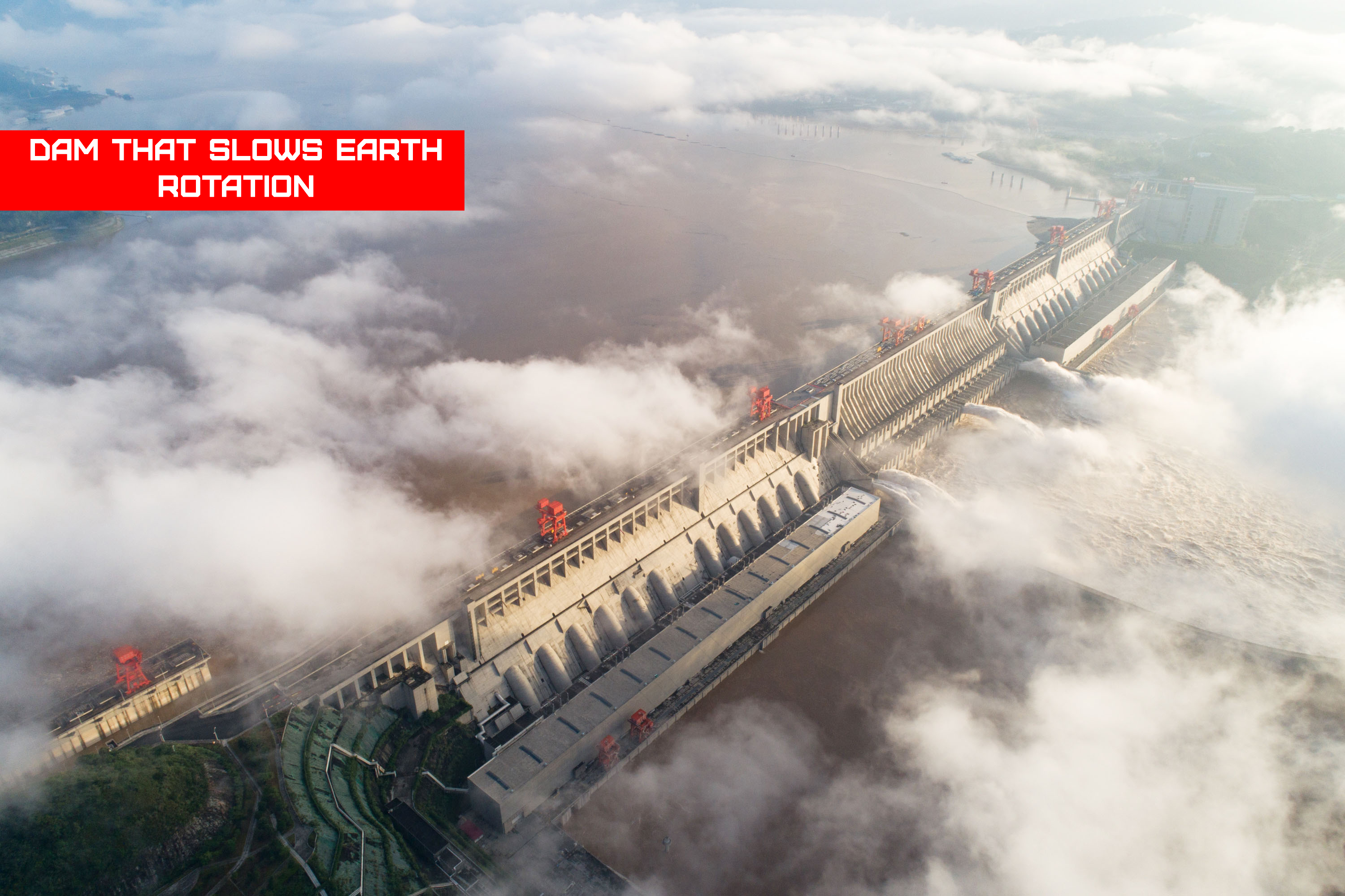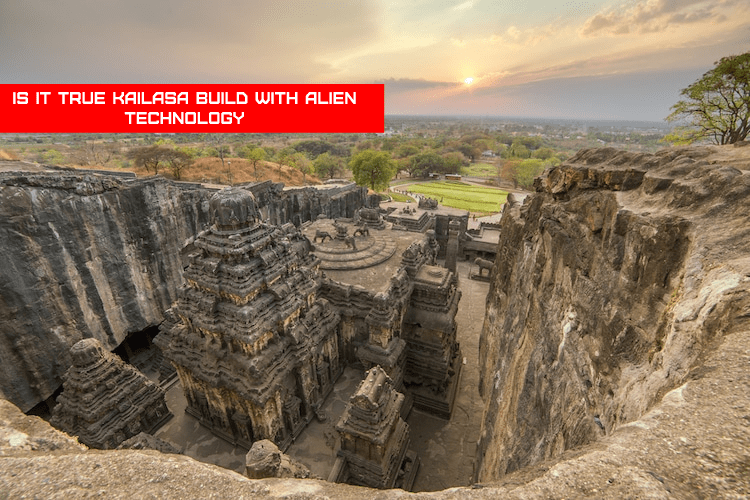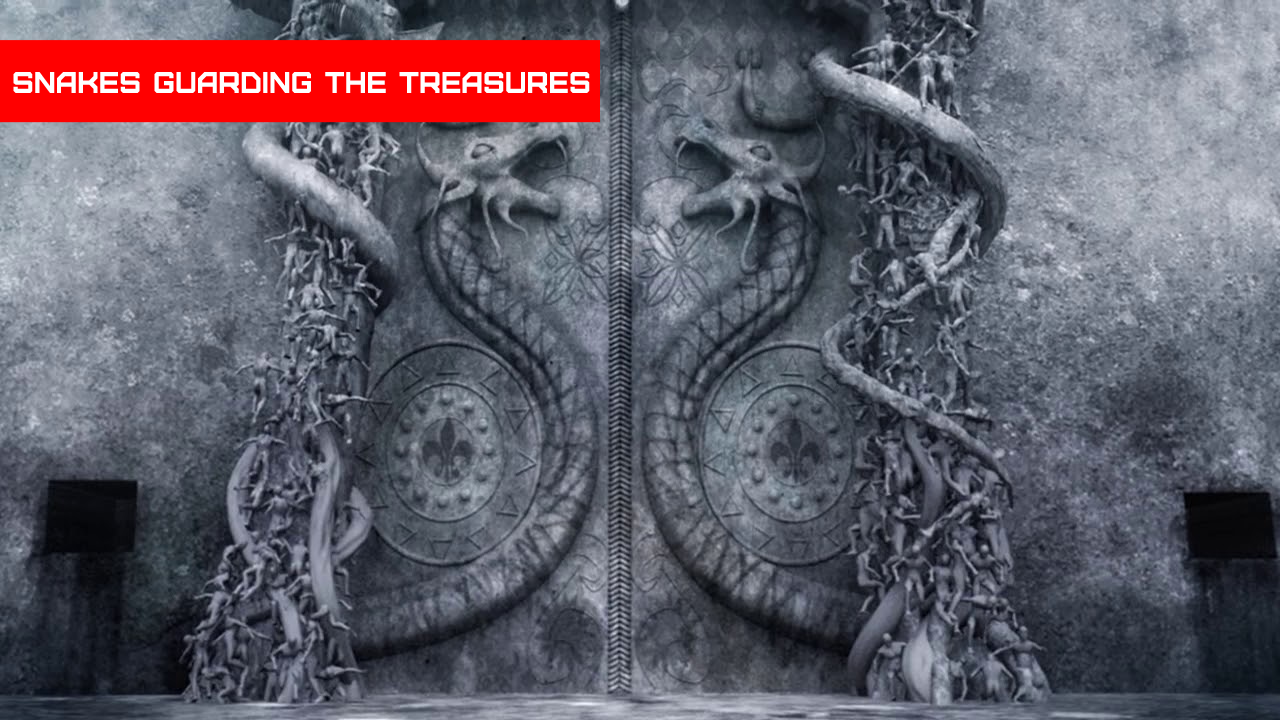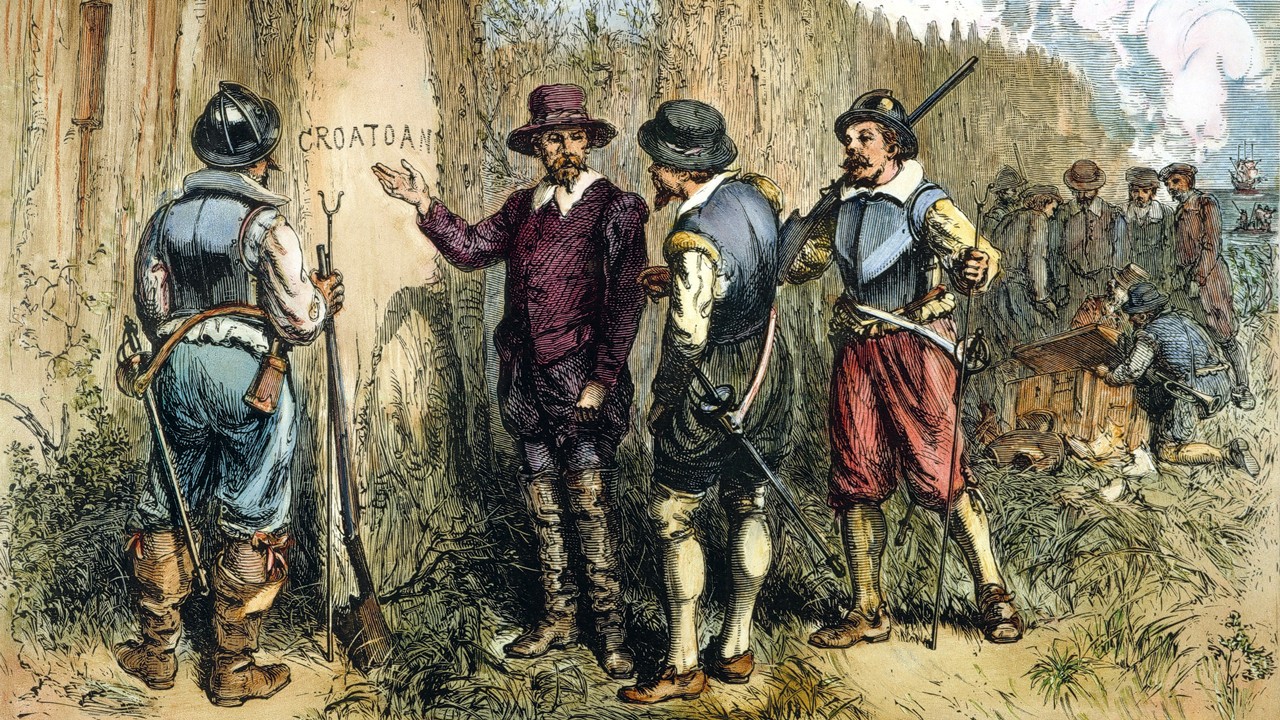Thanjavur is home to some of India’s most prominent and well-known temples. This region is home to some of the world’s most well-known ancient architects and artists, as well as a large number of visitors. The majority of the Great Living Chola Temples are also found here. In reality, the major temple, Brihadeeswara Temple, can be reached from practically everywhere in Thanjavur.
About Tanjavur Big Temple
The city is said to have been called after Rakshas Tanjan, an asur (demon) slain by Bhagwan Vishnu. According to locals, the name ‘Than-sei-oor’ denotes an area surrounded by rivers and verdant paddy fields.
Tanjore was founded and sustained hundreds of years ago by the Chola dynasty via rigorous hard work and selfless bhakti, or devotion for Bhagwan Shiv. Tanjore is lush green and generously distributed, with adequate water amenities and palm groves as a result.
Hindu RajaRaja Chola advocated for a clean environment and cared for nature in order to allow heavenly prosperity to flow through Tanjore and other neighbouring towns built by him and his descendants.
Many sites, structures, and historical enterprises built with Vedic engineering are regarded strange when viewed through the lens of an entrenched western perspective. The Bhagwan Shiv Mandir in Thanjavur, also known as the Tanjore Big Temple in English, is one of the most mysterious dharmic structures in the world.

Mysteries of Thanjavur’s big temple
Tanjore Temple was erected over 1000 years ago entirely of granite stones, despite the fact that no stone was accessible in the surrounding area.
When the Great Tanjore Temple is created of interlocking stones without any binding substance, it is a massive 216-foot hollow building that has survived any mild or powerful natural disturbances – winds, rainfalls, storms. We pride ourselves on being contemporary and technologically advanced, yet no 200-foot structure in the world is created without the use of binding materials, cements, or blocks.
In comparison, the Vedic construction technique utilised by Hindu King RajaRaja Chola and his Hindu engineers is so advanced, immaculate, and perfect.
The world’s first known and only shallow Shiv temple erected by interconnecting stones rather than binding them remains a tremendous enigma to those who lack understanding based on Vedas and old Hindu writings. Shiv Shankar Hindu King RajaRaja Chola’s benediction.
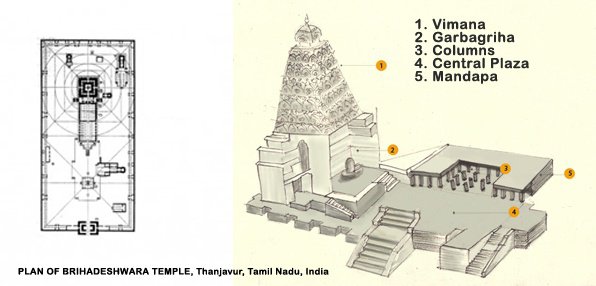
1. Thanjavur (Tanjore) underground passageways 216 ft Temple
The Tanjore great temple has about 100 underground corridors leading to various locations. The underground corridors also feature several hidden passages that go to other locations such as the RajaRaja Chola Palace and other notable locations. The underground tubes connect to other temples as well as numerous locations in and around Tanjore. The majority of the underground passageways have been shut, and if someone take the incorrect path, the trail may also lead to perils. It is well acknowledged that this might potentially be a trap for RajaRaja Chola’s kingdom protection.
Thanjavur (Tanjore) Subterranean Passages: The underground tunnel is built for Sages, Kings, and Queens to easily move across the many temples via underground passages. The roads were extremely beneficial for getting to temples on auspicious days such as Deepawali, Makar Sankranti, Maha Shivratri, and other devout Hindu holidays. Few channels were interconnected to provide unrestricted flow of fresh air passing through lush green flora rich with oxygen for healthy breathing of the people wandering around the Thanjavur (Tanjore) temple’s underground pathways.
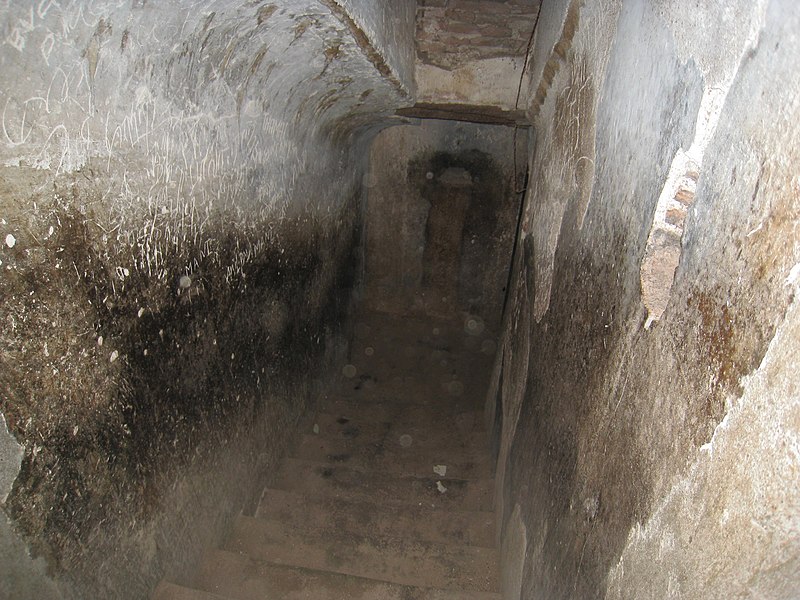
RajaRaja Chola had his own raised platform built so that he could comfortably perform abhishek of the great Shiv Ling in Garbhagriha.
2. A massive cap stone atop Thanjavur (Tanjore) Shiv Temple
The biggest enigma in Thanjavur (Tanjore) Shiv temple is the massive cap stone on top of the massive Mandir. The cap stone at the peak of Thanjavur (Tanjore) weights an incredible 80 tonnes. No man-made shallow building in the world has such a massive stone cap at the summit of the temple.
“What was the point of capping the Thanjavur temple’s top?” “How did the Thanjavur (Tanjore) Hindu builders put the massive cap stone at the summit of the Gopuram on the 216-foot-high temple?”
These are often asked questions that perplex scientists, archaeologists, and ordinary people across the world.
What was the purpose of capping the top of the Thanjavur temple?
The Garbhagriha in which Shiv Lingam is housed releases a tremendous quantity of electromagnetic good energy. The 80-ton stone was retained as a repellent force to keep the energy around the temple border and the site devout and divinely elegant. The flow of energy moves around and through the Vedic framework, providing bhakts and yogis with a healthy relaxing, soothing, and mentally composing impact.
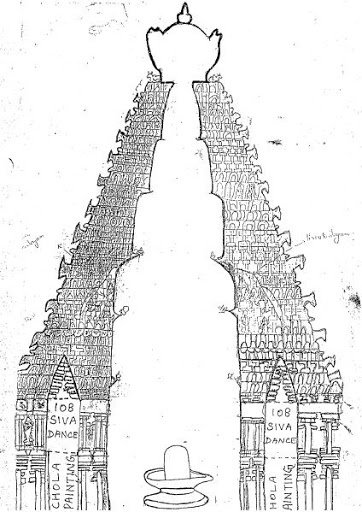
How Hindu Architects Placed a Stone at the Top of Thanjavur Shiv Temple?
There are eight Nandis visible from the ground at the top of the Sri Vimana Thanjavur temple, at the neck of the Gopuram. These Nandis are massive and made of a single piece of stone. On the southern Prahara, a Nandi of equal size may be observed. The size and weight of the Nandi can be estimated.
The sculptures of Bhagwan Shiv’s home, known as Mahameru, may be seen on the front side of the Vimana, facing east. The whole structure of Sri Vimana is made of granite boulders, and the sculptures within it are protected by a thin coating of mortar.
It is commonly known that no heavy machinery, cranes, or high-tech equipment were utilised to raise the stone and set it on top of the temple. The fleet of elephants was the only item that could aid complete the nearly impossible feat. A gigantic triangular pedestal of half-pyramidal shaped construction was built close to but on the opposite side of the great temple. Under the supervision of Brahmans, Hindu Sages, and RajaRaja Chola, the huge undertaking was carried out by knowledgeable Vedic architects while conducting Yagna to seek the blessings of Bhagwan Shiv. The diagram below depicts the building location and explains how it was completed.
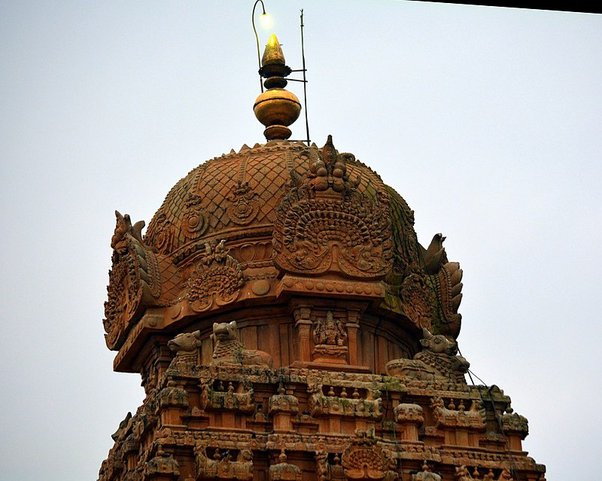
Massive roller staircases were built on the base of to carry 80 tonnes of stone by fleets of elephants and men.
3. Thanjavur (Tanjore) Big Temple Painting
There are several high-quality paintings in the Tanjore huge temple that reveal many things about the Chola dynasty’s realm and the glory of the RajaRaja Chola in particular. Some artworks also depict RajaRaja Chola’s devoted devotion to Bhagwan Shiv Shankar. There were also depictions of contemporary history in Thanjavur (Tanjore) or Thanjai paintings.
Thanjavur holds a unique place in the history of Indian art because the paintings are magnificent, attractive, and appear extremely fresh, as if they were painted lately.
Painters all around the globe are stunned, and they are still trying to figure out how these hundreds of years old Hindu paintings appear so natural and fresh today. RajaRaja Chola revered Hindu Sages, Gurus, and Sadhus; one of the paintings depicts him bowing to his Guru.

Thanjavur Paintings Everlasting Beauty: The plants are the source of Thanjavur paintings’ everlasting beauty. Hindu Sages created Vedic symbols out of natural components that served as communication gateways.
These symbols were purposefully painted using natural ingredients such as flower petals, coloured foliage, haldi (turmeric), treated muds, crushed salts, neem, pressed herbs, and so on. Ayurvedic medical knowledge was used to preserve the longevity of such Vedic creations.
Hindu Sages were wise, and they understood that in order to create divine connection with Gods, continual recitation of mantras should be backed by yantras with longer recency and permanence. Hindu Sadhus employed the same approach as Hindu Painters, who used their old wisdom to create eternal beautiful paintings.
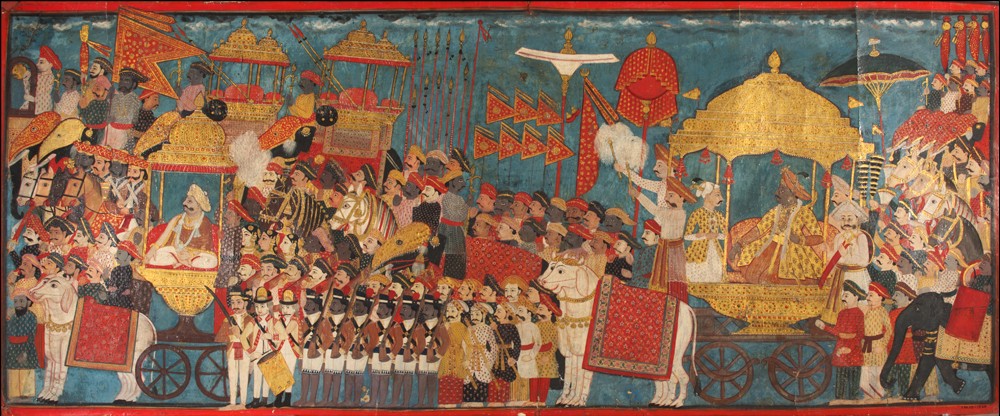
4. Granite stones utilised in the building of the Mandir
One of the world’s strongest stones is granite. Without powerful blunt tools, carving detailed shapes on granite stones is extremely difficult. Granite is also incredibly heavy, thus moving large stones from one location to another may be difficult.
The Rajarajeshwar Thanjavur temple was built with around 130,000 tonnes of granite. The massive stones weighing many tonnes were transported from a location 50 kilometres away from the Tanjore temple.
Elephants Pull Granite Stones: Hindu Kings had a large animal resource for building temples and armies. The fact that the Nanda dynasty possessed a formidable military might of 80000 horse back warriors, 200000 foot soldiers, 6000 battle elephants, and around 8000 war horse-drawn vehicles shows how powerful the heritage of Hindu Kings was.
The Nanda dynasty’s allusion to human and animal resources was primarily for the battlefield. They possessed a diverse reservoir of animal resources for building constructions. Similarly, RajaRaja Chola set aside over 1000 elephants and over 5000 horses for structural development.
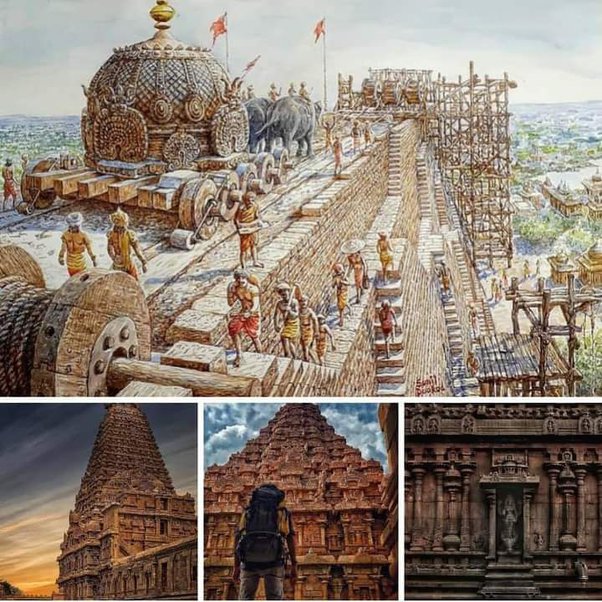
5. Granite stone cutting and sculpting for the Shiv Temple
The cutting and sculpting of granite stone is extremely difficult; after witnessing Granite block temples, Britishers attempted to recreate the accomplishment but failed miserably. When they encountered such temples, the mughals wanted to demolish or reconvert them into satanic graves and mosques, in keeping with the terrorist inheritance they inherited from the Koran and Dacoit Mohammad. Patience, selfless devotion, and love for mother earth made it possible. Hindu Kings were environmentalists who never harmed the environment while they built temples.
Whenever a number of trees were felled in the forest for the construction of temples, an equal amount, if not more, were planted. Even now, carving elaborate motifs on granite stones, as seen in the Thanjavur temples, is impossible.
Cut, Carved, and Customized Granite Stones: The granite block was pierced with a series of holes. Depending on the situation, the holes might be deeper or shallower. The holes were then filled with wooden sticks, and water was poured into them. The rocks would eventually break after a lengthy period of time. In the same way, bespoke Granite blocks were carved.
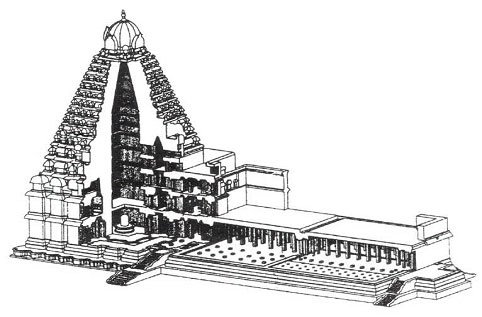
6. Thanjavur (Tanjore) Big Temple Secret Passages
A specialised secret path was built to connect several secret locations in a concealed mesh-like structure. It is embellished with distinctive elements portraying Hindu history of Bharat (India).
It is hard to return to the beginning point while exploring hidden tunnels since no one knows the path to the inter-places that are linked together. As a result, most subterranean and secret tunnels are off-limits to the general public and archaeologists.
What are Thanjavur’s (Tanjore’s) Secret Passages?
Secret Passages are closed because entering them requires reciting the correct mantra. The in-roads through the hidden passageways go to locations known only to RajaRaja Chola’s closest confidante.
Such locations housed keys to the treasure box, rare writings, calligraphs, and vaults that had to be kept secret.
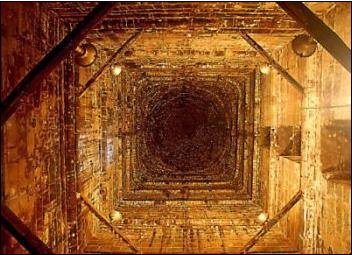
7.Shadow of Thanjavur (Tanjore) Shiv Temple Gopuram Not Falling on Ground
Tanjore big temple’s massive cap is built in such a way that the shadow of the Tanjore great temple Gopuram does not fall on the earth at midday in any season. It will just collapse on itself.
Why does the Gopuram’s shadow not fall on the ground: It is the only edifice in the world with this unusual attribute. When the Sun is out in the morning or evening, the shadow may be seen falling on the ground. Only at midday will the shadow of the Gopuram fall on itself rather than on the ground.
The key reason is the structure’s basement, which is large enough to absorb the shadow of the Gopuram on its base.
